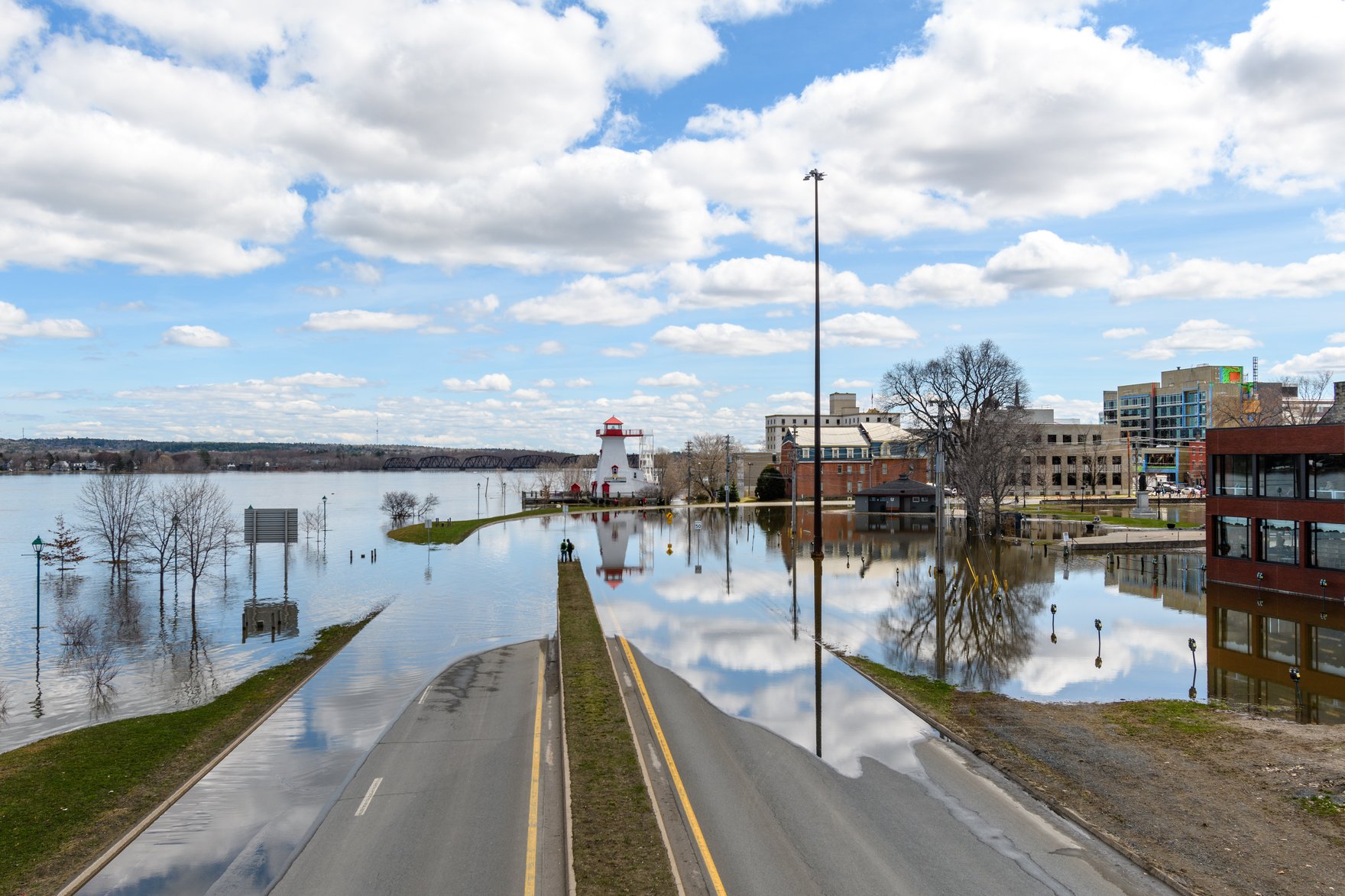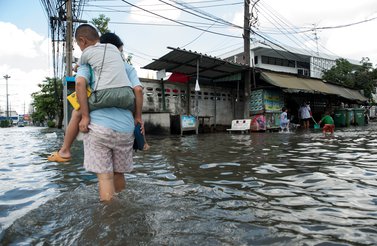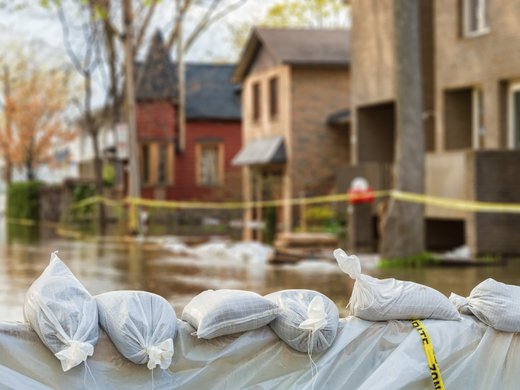All across New Brunswick, residents are experiencing the worst flooding most of them will see in a lifetime. If watching irreplaceable photo albums, heirlooms and valuables float away or cleaning up mould wasn’t traumatic enough, the worst may be yet to come.
When this nightmare is over, those worst-hit by the damage will be hard-pressed to find accountability from our elected leaders. Extreme weather due to climate change is exposing a “governance gap” in regards to environmental catastrophes that could leave thousands of New Brunswick homeowners out-of-pocket for millions of dollars from flood damage.
In the coming months, expect a lot of finger-pointing to lay blame and avoid accountability for who is actually responsible when an entire community is submerged under water. Often, local authorities and property owners are the first to face blame. Shouldn’t property owners know better than to buy property near a river? Why are local governments not defending vulnerable property?
This finger-pointing is misdirected as it is our provinces and the federal government that need to own responsibility for flood risk. If they don’t, expect many more Canadians to face the same struggle as victims in New Brunswick, Quebec and Alberta have experienced in recent years.
Each flood is met with new calls for action to avoid the harm that flood victims in New Brunswick will face for years as they recover. The steps we need to take are clear.
Currently, Canadians pay out CDN$600-million annually for flood damage. Flooding is our most costly and common hazard and has replaced fire as the leading source of property insurance claims. Yet most Canadians are completely unaware of their risk. In a recent University of Waterloo survey, only 6 per cent of property owners knew they lived in a high-risk flood area. We are also unprepared: fewer than a third of respondents had taken action to protect their property and fewer than one-quarter intended to buy flood insurance.
Most property owners believe that governments will provide disaster assistance to cover the costs of flood damage. But most will be sorely disappointed, because disaster assistance typically covers only about 25 cents of every dollar of total damage. In New Brunswick, for example, property owners are eligible for a maximum of CDN$160,000 for significant structural damage, and secondary residences such as cottages do not qualify. That means many property owners will be on the hook for significant costs, and some might face mortgage default as their property loses value.
Each flood is met with new calls for action to avoid the harm that flood victims in New Brunswick will face for years as they recover. The steps we need to take are clear. Property owners must know their risk and invest in property-level flood protection. Local governments must enforce restrictions on development in high-risk areas and inform citizens of the risk. Flood insurance must be made available and affordable so there is a financial backstop in case of damage.
But local authorities and property owners cannot be expected to embrace this responsibility without effective leadership from our provincial and federal governments. For example, municipalities are expected to limit development in flood-prone areas, but this means lost property-tax revenue that they depend on to pay for services. Moreover, with their limited tax base, municipalities don’t have the capacity to buy out properties in high-risk areas.
The federal and provincial governments have the authority and resources to support better local decision-making by prohibiting development in high-risk areas and funding buyouts. Moving property out of harm’s way will reduce the cost of flood insurance that is often too expensive for those in high-risk areas. These governments are also better equipped to create and maintain high-quality and interactive maps to educate the public about their flood risk.
It’s time we started asking our governments to take responsibility for managing flood risk. If they don’t, why should anyone else?
This article originally appeared in The Globe and Mail.




